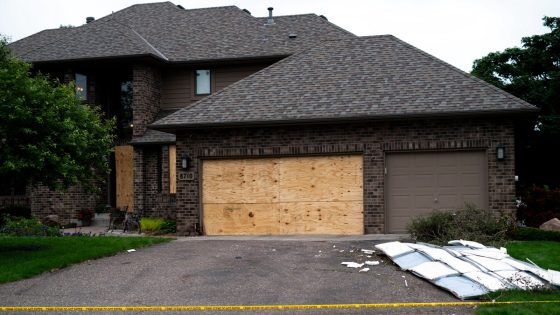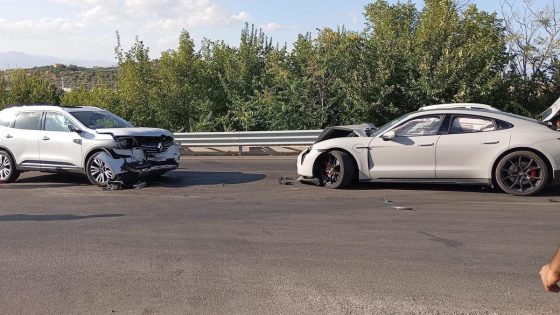A Hasselt man in his sixties has been acquitted of arson charges related to a fire at his elderly mother’s home in Kortessem. The case, which attracted local attention, hinged on conflicting mobile phone data and eyewitness accounts. On 2025-08-08 10:25:00, investigators initially believed the son’s phone was near the fire site an hour before the blaze.
- Zestiger uit Hasselt vrijgesproken voor brandstichting
- Speurders signaleerden gsm in brandgebied
- Telefoongegevens toonden onmogelijke locatiewisselingen
- Moeder bekende uiteindelijk brand te hebben aangestoken
- Proces onthulde waarheid achter brandincident
However, phone records showed an impossible timeline, suggesting the man would have had to be in Maaseik, Oudsbergen, and Kortessem within a single minute. This discrepancy raised doubts about his involvement. Eventually, during the trial, the mother admitted to setting the fire herself, clearing her son of any wrongdoing.
What does this mean for local investigations relying on mobile data? And how can justice ensure accuracy when technology seems to contradict reality? The case offers important insights, which we explore below.
This case raises key questions about the reliability of digital evidence in criminal investigations. Can authorities fully trust mobile phone location data when it conflicts with physical possibilities? The situation underlines the need for careful analysis and corroboration before drawing conclusions.
- Mobile data discrepancies can lead to wrongful accusations.
- Confessions remain critical despite technological evidence.
- Investigators must balance tech tools with traditional methods.
As technology evolves, Belgian courts and investigators must refine their approach to digital proof. Citizens and authorities alike should remain vigilant about how such data is used in legal processes, ensuring fairness and accuracy in future cases.
































